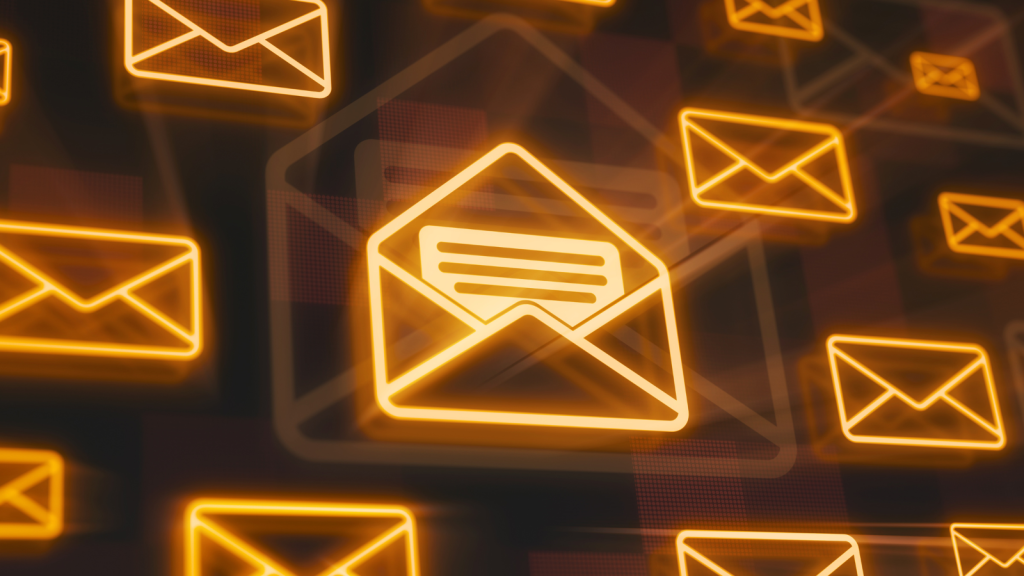Imagine this: You open your inbox, and among the flood of promotional emails, one subject line catches your eye—”How a Lost Wallet Led to My Biggest Business Breakthrough.” Curiosity piqued, you click. The email unfolds a gripping story, and before you know it, you’ve read to the end, feeling connected, engaged, and ready to take action. That’s the power of storytelling in emails.
Why Storytelling Works in Emails
In a world where inboxes are overloaded with generic marketing emails, storytelling helps you stand out. Neuroscience shows that stories activate multiple areas of the brain, making them more memorable and emotionally resonant. When done right, storytelling emails build trust, drive engagement, and ultimately, boost conversions.
Let’s dive into some untold tips and tricks for mastering storytelling in your emails.
1. Start with an Irresistible Hook
Your email’s first few lines determine whether your reader will keep reading or hit delete. A strong hook piques curiosity, creates intrigue, and invites the reader in.
✅ Pro Tip: Start with an unexpected scenario, a relatable struggle, or a bold statement. For example:
- “I was seconds away from quitting when…”
- “What if I told you that a simple mistake cost me $10,000?”
- “I failed miserably—until I discovered this…”
2. Make It Personal and Relatable
Stories work best when they tap into real emotions and experiences. Your audience should see themselves in your story.
✅ Pro Tip: Instead of making your story about your business, focus on human emotions—frustration, excitement, relief. Example:
“Three years ago, I was drowning in self-doubt. Every time I hit ‘send’ on an email campaign, I feared no one would read it. Then one small shift changed everything…”
3. Follow the Classic Story Structure
A great story has a beginning, middle, and end. Use the Hook – Conflict – Resolution framework:
- Hook: Capture attention with an interesting scenario.
- Conflict: Present a problem or challenge your audience can relate to.
- Resolution: Share the breakthrough, lesson, or transformation.
Example:
“I spent months crafting the perfect sales email, only to watch my open rates plummet. I felt defeated. But then I changed ONE thing, and suddenly, my emails started getting replies. Here’s what I did…”
4. Use NLP Techniques for Maximum Impact
Neuro-Linguistic Programming (NLP) can make your storytelling even more powerful by triggering emotional responses.
✅ Pro Tip: Try these NLP-driven strategies:
- Sensory Language: Engage the senses—describe sights, sounds, and feelings. Example: “My hands were shaking as I hovered over the ‘send’ button. My heart pounded. Would anyone even read this?”
- Embedded Commands: Subtly guide readers to take action. Example: “As you read this, you’ll start to realize how simple it is to apply.”
- Open Loops: Leave a question unanswered to keep readers engaged. Example: “What happened next completely shocked me…”
5. Make the Reader the Hero
Instead of making your brand the star, place your audience in the spotlight. Show them how they can overcome challenges, using your product/service as the tool for their success.
✅ Pro Tip: Shift from “Here’s what we do” to “Here’s how you can achieve this.”
Instead of: “Our software automates email sequences to save you time.” Try: “Imagine having an extra two hours every day because your emails run on autopilot…”
6. End with a Clear and Compelling CTA
After captivating your reader, guide them towards action—whether it’s replying, signing up, or making a purchase.
✅ Pro Tip: Make your CTA feel like the natural next step in the story.
- “Want to see how this can work for you? Click here to try it today.”
- “You don’t have to struggle like I did—let’s fix this together. Join now.”
- “If you’ve ever felt stuck like I did, let’s chat. Reply with ‘I’m in.'”
7. Test, Tweak, and Optimize
The best storytelling emails are refined over time. Test different hooks, subject lines, and story formats to see what resonates most with your audience.
✅ Pro Tip: Track open rates, click-through rates, and replies to measure engagement. Adjust accordingly.
Wrapping It Up
Storytelling isn’t just an art—it’s a science-backed way to connect, persuade, and inspire action. Whether you’re selling a product, nurturing leads, or strengthening customer relationships, storytelling emails make your message unforgettable.
So next time you sit down to write an email, don’t just sell—tell a story. Your audience will thank you with engagement, trust, and loyalty.
Now, go craft your next storytelling email, and watch the magic happen!

